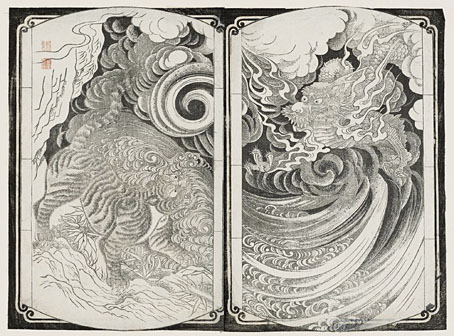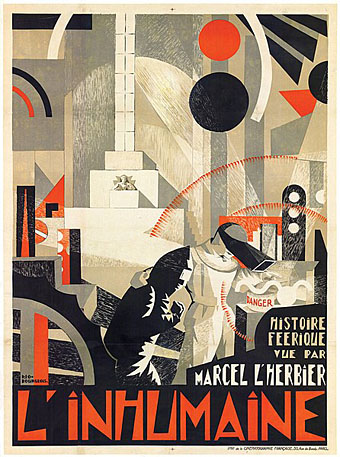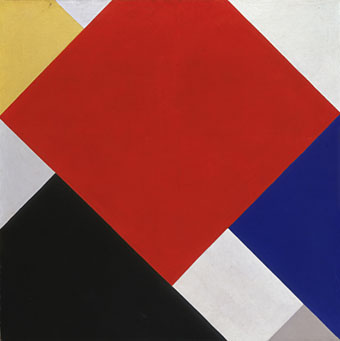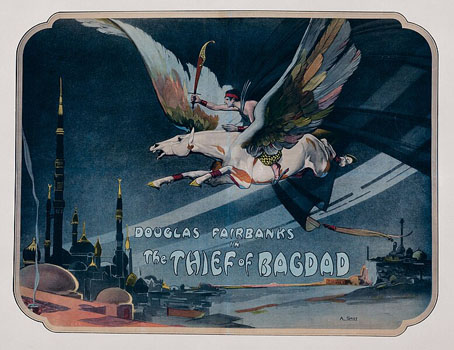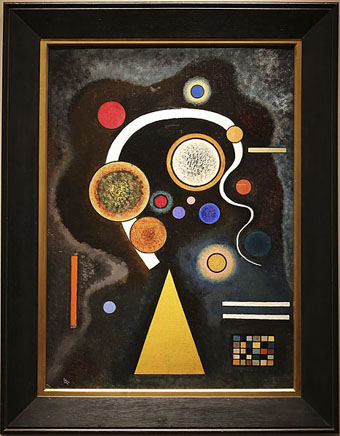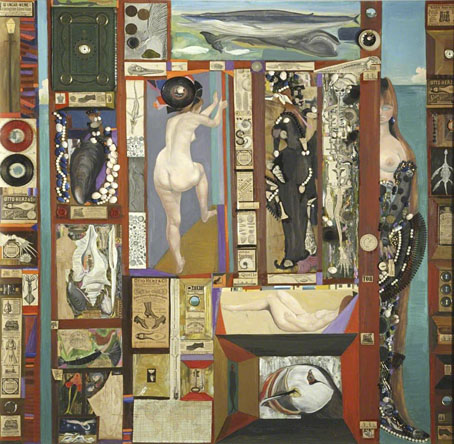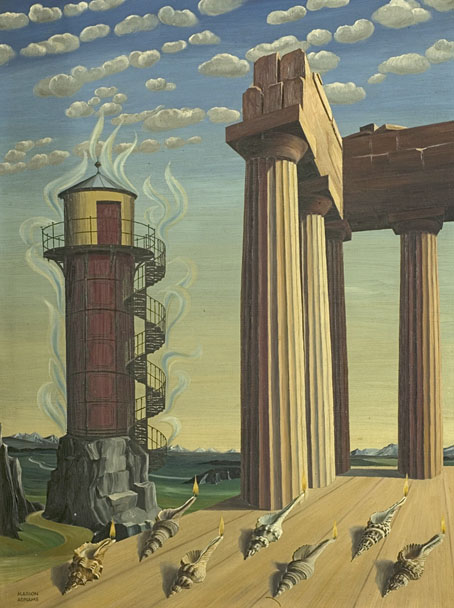Dragon and Tiger—Designs for Lacquer Inro (no date) by Mori Genkosai.
• “But where have all those copies of Corridor of Mirrors gone? Sometimes I entertain the thought that an obsessive collector has amassed them in his library lined with looking-glasses, so that nobody else can possess the book but he, and he can see them all, multiplied to infinity, as he stalks up and down in his scarlet smoking hat and velvet coat, and gloats.” Mark Valentine on the mysterious unavailability of Corridor of Mirrors (1941), a novel by Chris Massie. The film adaptation made a few years later is one I’ve managed to miss, despite its starring Eric Portman and featuring the first screen appearance of Christopher Lee. Future viewing, I think.
• “The intrepid logician Kurt Gödel believed in the afterlife. In four heartfelt letters to his mother he explained why.” Alexander T Englert explains Gödel’s explanations.
• At Open Culture: Hortus Eystettensis (1613), “the beautifully illustrated book of plants that changed botanical art overnight”.
• Mix of the week: Aquarium Drunkard presents The Secret Hemisphere: New Age, Fusion and Fourth World, 1970–2002.
• New music: Phases Of This And Other Moons by Field Lines Cartographer.
• Why Graphic Culture Matters is a new book of essays by Rick Poynor.
• At Spoon & Tamago: Japanese Designer New Year’s Cards of 2024.
• Steven Heller’s font of the month is Chutz.
• At Dennis Cooper’s it’s Barbara Steele Day.
• The Hall Of Mirrors In The Palace At Versailles (1970) by John Cale & Terry Riley | The Hall Of Mirrors (1977) by Kraftwerk | The Room Of Mirrors (2000) by Harold Budd

